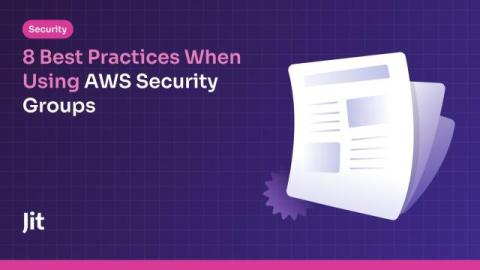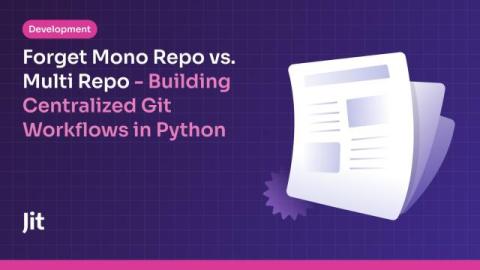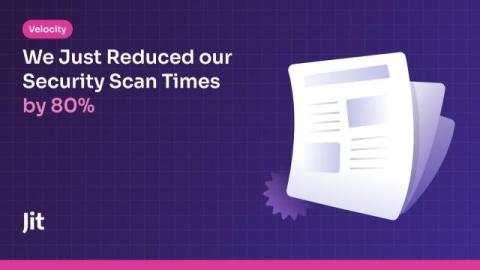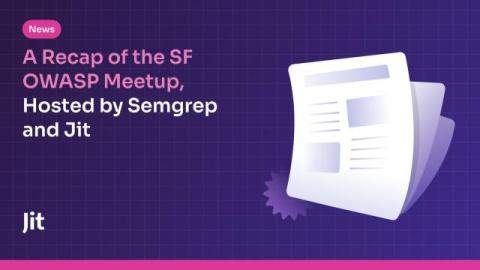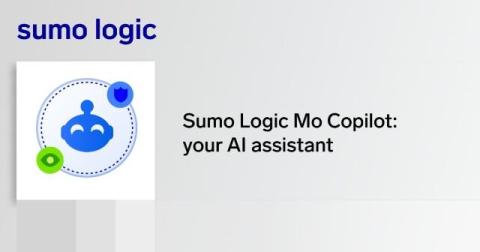Unify Security Posture and Protection for Faster Cloud Detection and Response
Adversaries are taking aim at cloud environments, as evidenced by the 75% increase in cloud intrusions in 2023. Organizations are under growing pressure to ensure they have measures in place to effectively detect, investigate and respond to cloud-focused attacks. Cloud detection and response (CDR) is uniquely challenging for SOC teams due to their limited visibility into the cloud control plane, resource configurations and application deployments.



